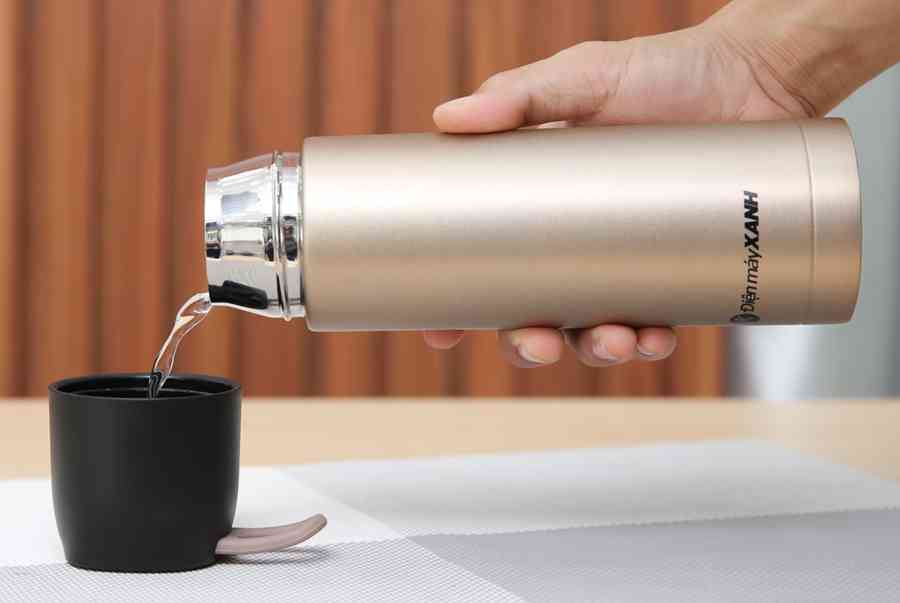Incorporation of Lutein on Layered Double Hydroxide for Improving the Environmental Stability
2.1. Characterization of Lutein/LDH Composites
A facile grinding method was successfully used to synthesize lutein-loaded layered double hydroxide composites (lutein/LDH). The possible mechanism of the lutein dyes and LDH is illustrated in . The morphologies of LDH and lutein/LDH are shown in a. It was clear that the raw LDH presented a typical lamellar structure. After incorporation of lutein, the morphology of the products was similar with that of raw LDH.
The X-ray diffraction (XRD) pattern showed the diffraction characteristics of LDH ( b). The sharp and narrow diffractions of (003) and (006) planes illustrated that synthesized LDH had a well-defined crystalline structure with orderly stacking of layers [37,38]. The diffraction peak at 2θ of 29.54° was present inXRD patterns of LDH and lutein/LDH composites, which might be related to the formation of CaCO3 impurity during the preparation of LDH [39]. With the introduction of lutein, the value of d003 slightly increased from 7.60 Å to 7.64 Å. This demonstrated that lutein molecules did not completely embed into the interlayer of LDH because of the definite three-dimensional structure of lutein. Furthermore, it was clearly established that the strong affinity of CO32− to metal ions of LDH resulted in the absence of anion exchange reactions between lutein and LDH [40,41,42]. However, no obvious changes were observed from non-basal (009), (110) and (113) reflection after incorporation of natural lutein molecules, indicating that the LDH crystals were preserved during the preparation of composites [43]. Therefore, lutein might be mainly adsorbed on the surfaces of LDH or partially intercalated into interlayers of LDH. In addition, it was worth noticing that the lutein/LDH hybrid composites had no new diffraction peaks compared with LDH. It could be explained by the conversion of pristine lutein with high crystallinity to amorphous phase after grinding [44,45].
Fourier transform infrared spectroscopy (FTIR) spectra of LDH, lutein and lutein/LDH composites were provided in c. The broad band at around 3455 cm−1 could be assigned to the OH-stretching mode of interlayer water molecules and hydroxide groups of layers [46,47]. The peak at 1627 cm−1 corresponded to the bending mode of interlayer water. The three absorption bands were observed at 1360, 855, and 673 cm−1, which could be ascribed to the asymmetric and symmetric stretch of interlayer carbonates [48,49]. The characteristic bands observed at 983, 780, 554, and 449 cm−1 were attributed to the translation, deformation, and vibration modes of the metal hydroxide sheets, respectively [46,49,50,51,52]. The spectrum indicated that the OH stretch in pristine lutein pigments appeared at 3421 cm−1. A series of characteristic bands at 2854, 1363, 1125, and 1041 cm−1 belonged to the stretching vibrations of CH3 and CH2 groups, the split of dimethyl group, the C-O stretch, and C-H groups, respectively [53,54]. The -C=C- vibration peak was found at 1610 cm−1 [55]. In addition, the two peaks at 963 and 831 cm−1 were ascribed to the out of plane bending of -CH=CH- group of lutein [56,57]. Compared with the spectra of lutein and LDH, it was clearly that new characteristic peaks also appeared at 2856, 1609 and 1121 cm−1 due to the loading of lutein besides the typical characteristic peaks of LDH. It indicated that lutein was successfully loaded onto LDH without damaging the properties of natural lutein and LDH. Furthermore, the characteristic bands of Al-OH of LDH shifted from 983 cm−1 to 976 cm−1 (Supplementary Figure S2), which might correspond to the chemical interaction between lutein and the hydroxide layers of LDH-like H-bonding [58].
The specific surface area (SBET), the total pore volume (Vtotal) and average pore width of LDH and lutein/LDH hybrid composites were listed in , respectively. The average pore size of composites slightly increased compared with that of LDH. By contrast, SBET and Vtotal of LDH in composites were significantly reduced by 23.26% and 16.09%, respectively. The above changes of structural parameters before and after the loading of lutein could be attributed to the surface adsorption orpartial intercalation of lutein on LDH [59]. In addition, it is well-known that the hydroxide layer of LDH is positively charged because of the partial substitution of divalent metal ions by trivalent ones, while carbonate negative anions are intercalated into the interlayers for balancing the charge. Thus, the zeta potential of LDH was 3.75 mV, and the zeta potential of LDH decreased after the incorporation of lutein. As a result, there might be electrostatic interactions between natural guests and inorganic hosts.
Table 1
SamplesSBET
(m2/g)Vtotal
(cm3/g)Average Pore Width (nm)Zeta Potentials
(mV)LDH81.700.209.833.75Lutein/LDH62.700.1710.75−4.54Open in a separate window






